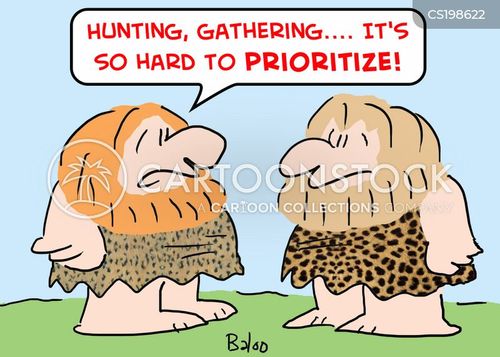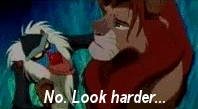
CartoonStock
Up until reading Klein’s article, I had never really thought about research in terms of hunting and gathering. To be honest, until this year I had never thought about research as anything more than writing down the information that I read. I definitely could have been included in the group of students Klein describes in his library nightmare. I saw research as simply stating someone else’s thoughts or facts in my own words. But, as Klein says, research-based writing must be “strategic” and “heuristic” while developing some sort of rhetorical purpose. This is where “hunting and gathering” comes in to play. Hunting refers to strategic research with direction while gathering consists of searching broadly for information that may be useful.

Giphy
I find this hunting and gathering method to be helpful with my research process, especially during this past archival research essay. I found myself researching in both ways before I even knew what they meant. For hunting, I developed research questions and knew which table of information (athletics) I would be headed to when I went to the SCU archives. However, once I got there I was a bit lost and had to resort to gathering so that I wouldn’t spend the whole day in the archives. I took an interest in football, read an article or two on the ending of the program, then searched for all information on this topic that would help me write my essay. I felt my rhetorical purpose became not only to restate what happened with the football program, but to give my opinion as well and use the data I’ve acquired to determine how I think the football program could have been kept alive.




